A special project began a decade ago when FM-2 Wildcat BuNo.57039 emerged from its 68-year slumber on the bottom of Lake Michigan to begin its path towards resurrection. This journey recently took an exciting turn, as the restoration team at the Air Zoo Aerospace & Science Center in Kalamazoo, Michigan pushes ahead for a spring 2024 completion. Conversations which began in late 2021 have now led three organizations to a completion plan which will provide a victory for each of them.
Through the efforts of the National Naval Aviation Museum (NNAM) in Pensacola, Florida, and the Air Zoo, the Wildcat will be beautifully restored by the latter’s nationally recognized restoration team and provided on long-term loan to the National Medal of Honor Museum (NMOHM), scheduled to open in Arlington, Texas, in the fall of 2024. This Navy fighter plane, restored to its 1942 condition, will be a centerpiece in the new museum’s Above & Beyond: Naval and Aviation Gallery.
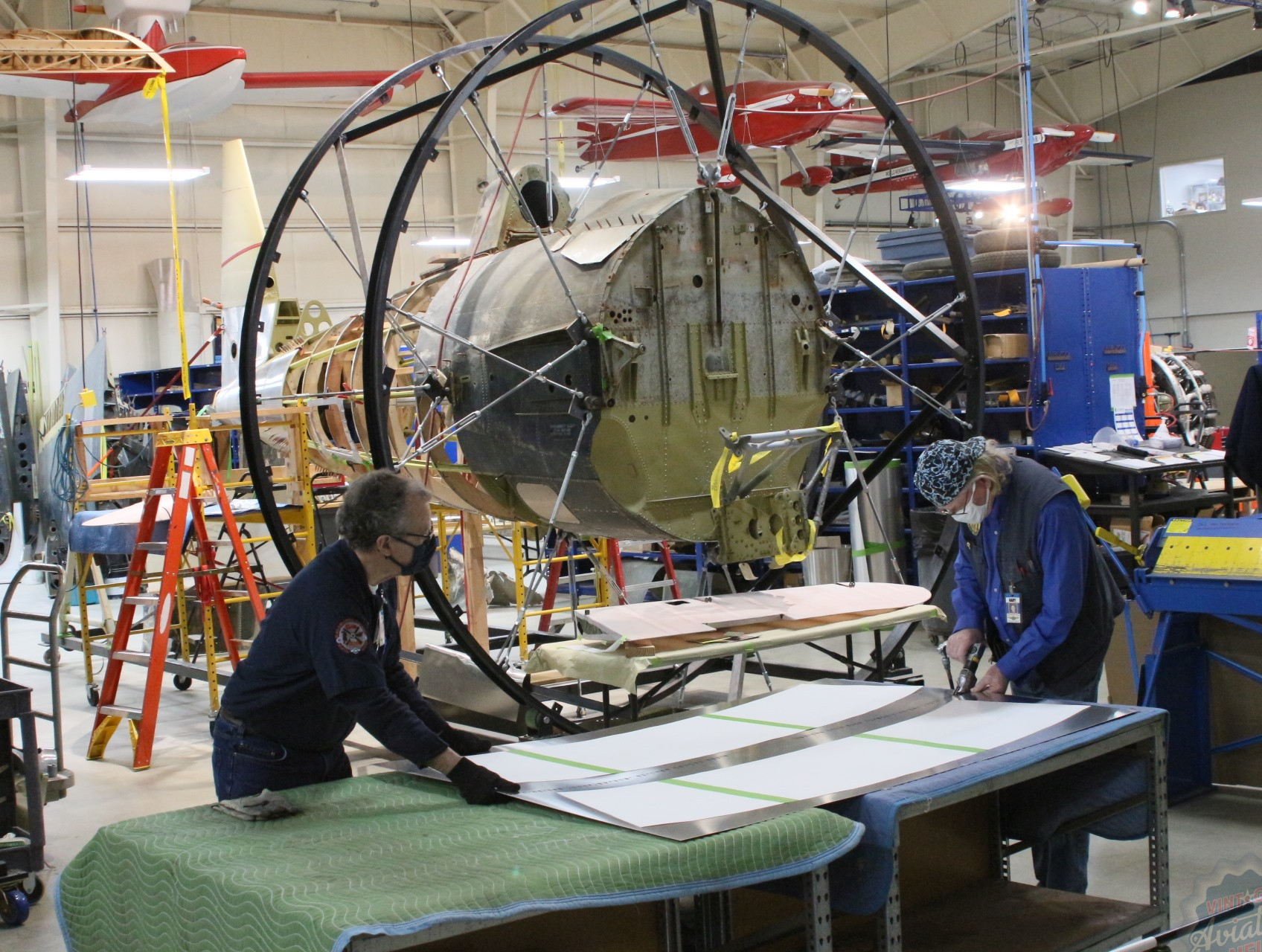
Naval Aviation Museum Foundation, President & CEO, Rear Admiral Kyle Cozad, USN (Ret) states: “Having this WWII vintage Wildcat on display in the National Medal of Honor Museum is vital for the American public. Not only does this aircraft help to tell about the heritage and contributions of Naval Aviation on a strategic level – it also helps tell more specific stories of incredible heroism with numerous Medal of Honor recipients during the WWII campaign. Our collective ability to tell these stories wouldn’t be possible without the amazing artisanship of the Wildcat restoration team at the Kalamazoo Air Zoo. This demonstration of committed partnership is key to making this new exhibit a reality in 2024 for the National Medal of Honor Museum.”
[wbn_ads_google_one]
Eight different WWII pilots earned the Medal of Honor while flying the Wildcat. Indeed, no other single-engine, fixed-wing aircraft has more Medal of Honor actions associated with it than the Wildcat. The courage and sacrifice found within Medal of Honor pilots Henry Elrod, Butch O’Hare, Joe Bauer, Jefferson DeBlanc, Joe Foss, Bob Galer, John Smith, and James Swett will be further highlighted by having a version of their airplane on display within the National Medal of Honor Museum’s gallery.
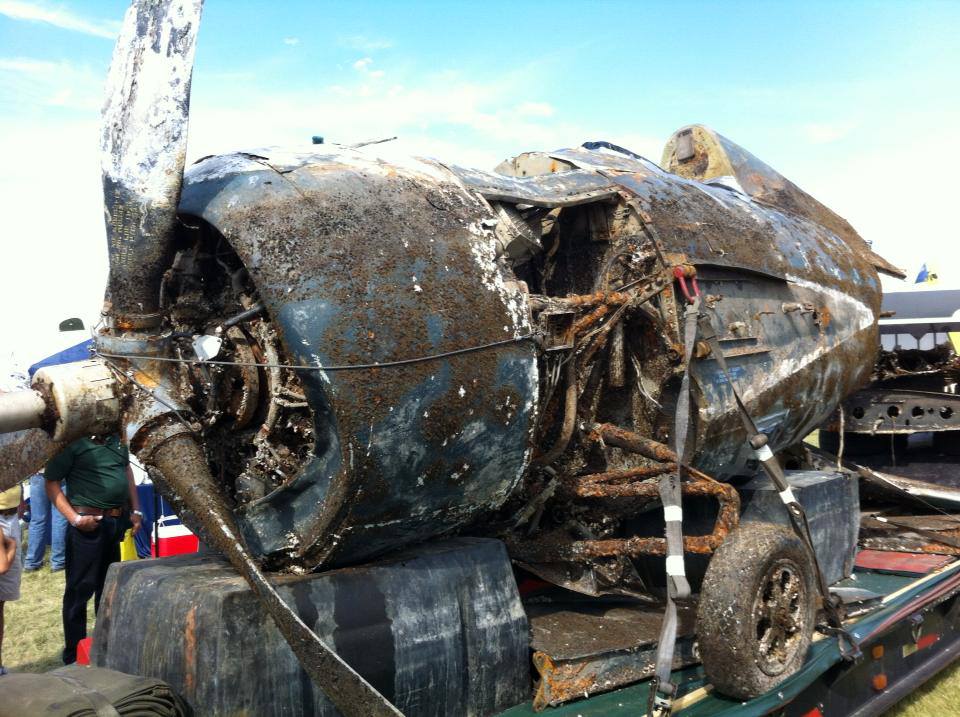
Chris Cassidy, the CEO for the National Medal of Honor Museum commented on this propitious development, stating: “Through this partnership with the Naval Aviation Museum Foundation and the Air Zoo, the National Medal of Honor Museum is honored to be the future home of this remarkable fighter plane. This wildcat will have pride of place in our future exhibits and its presence will allow us to more powerfully share the inspiring stories of the Medal of Honor pilots who flew this plane during some of the most challenging moments of World War II.”
[wbn_ads_google_one]
FM-2 Wildcat BuNo. 57039 has a remarkable story unto itself. This Wildcat helped train naval aviators in the Great Lakes region during WWII. Ensign William E. Forbes was flying a training flight in this Wildcat on December 18, 1944, but his stubby fighter skidded from the deck of USS Sable during a landing attempt aboard the improvised carrier. The aircraft’s fuselage was severed during the process, struck by one of the ship’s paddle wheels on its way into the drink. It then sank 200 feet to the bottom of Lake Michigan, where it lay until A and T Recovery retrieved the airframe on December 7, 2012, on behalf of the National Museum of Naval Aviation and the Naval Aviation Museum Foundation. The aircraft was relocated to the Air Zoo’s restoration facilities, one of the finest static aircraft restoration facilities in the country, on August 5, 2013.
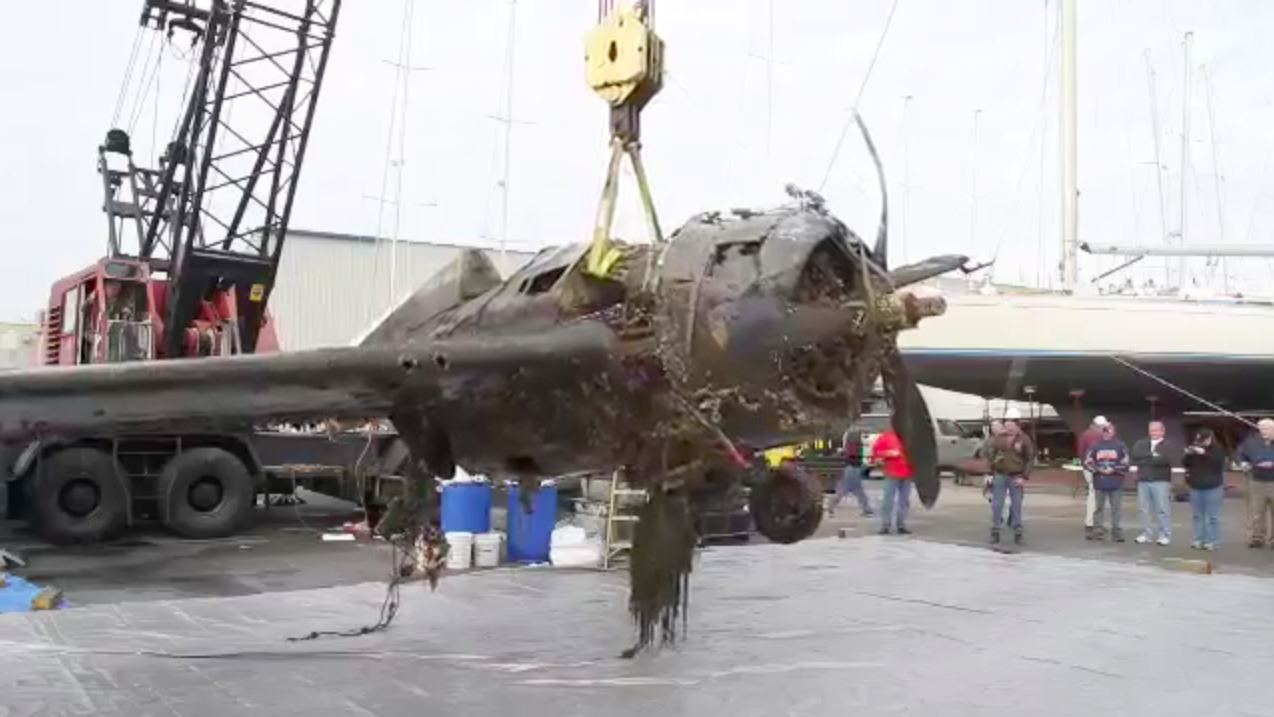
“Through the dedication and immeasurable skill of our aircraft restoration team, life is being restored to this amazing Wildcat, and the stories of eight heroic Medal of Honor recipients told in a unique and immersive way, for generations to come. Our team is grateful to play such an important part in this project and we are honored to be part of this exciting time for the National Medal of Honor Museum” stated Troy Thrash, President and CEO of the Air Zoo.
The Air Zoo’s Restoration Department is incredibly unusual, in that the program is found on the exhibit floor at the Flight Discovery Center (located at 3101 E. Milham Rd. in Portage, Michigan) and the public can stop by to witness the work occurring up close and personal.
Once the aircraft is fully restored in Kalamazoo, Michigan, the Wildcat will make the journey by road to the National Medal of Honor Museum in Arlington, Texas, where it will go on permanent display. The National Medal of Honor Museum is slated to open its doors to the public in late 2024.
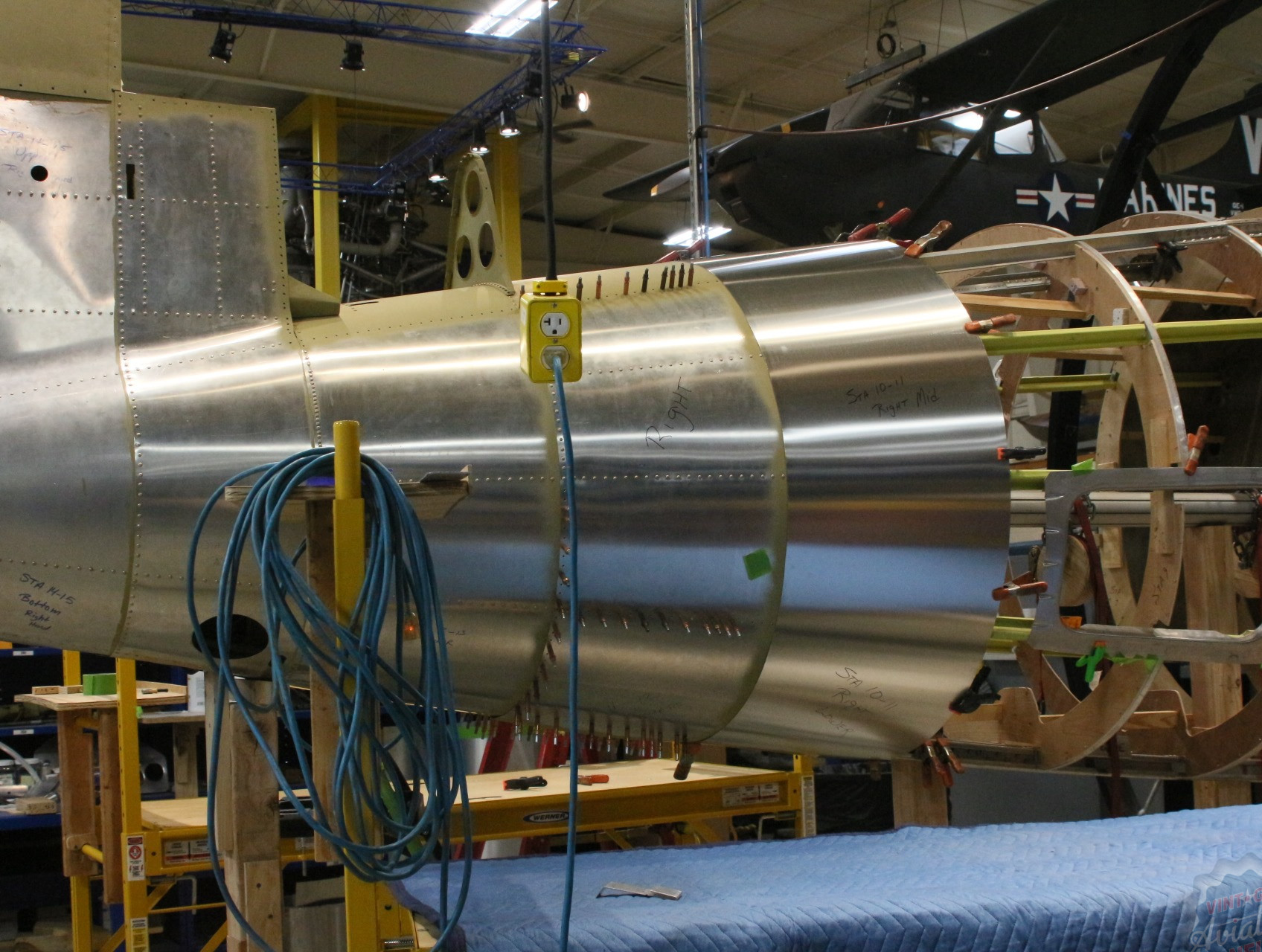







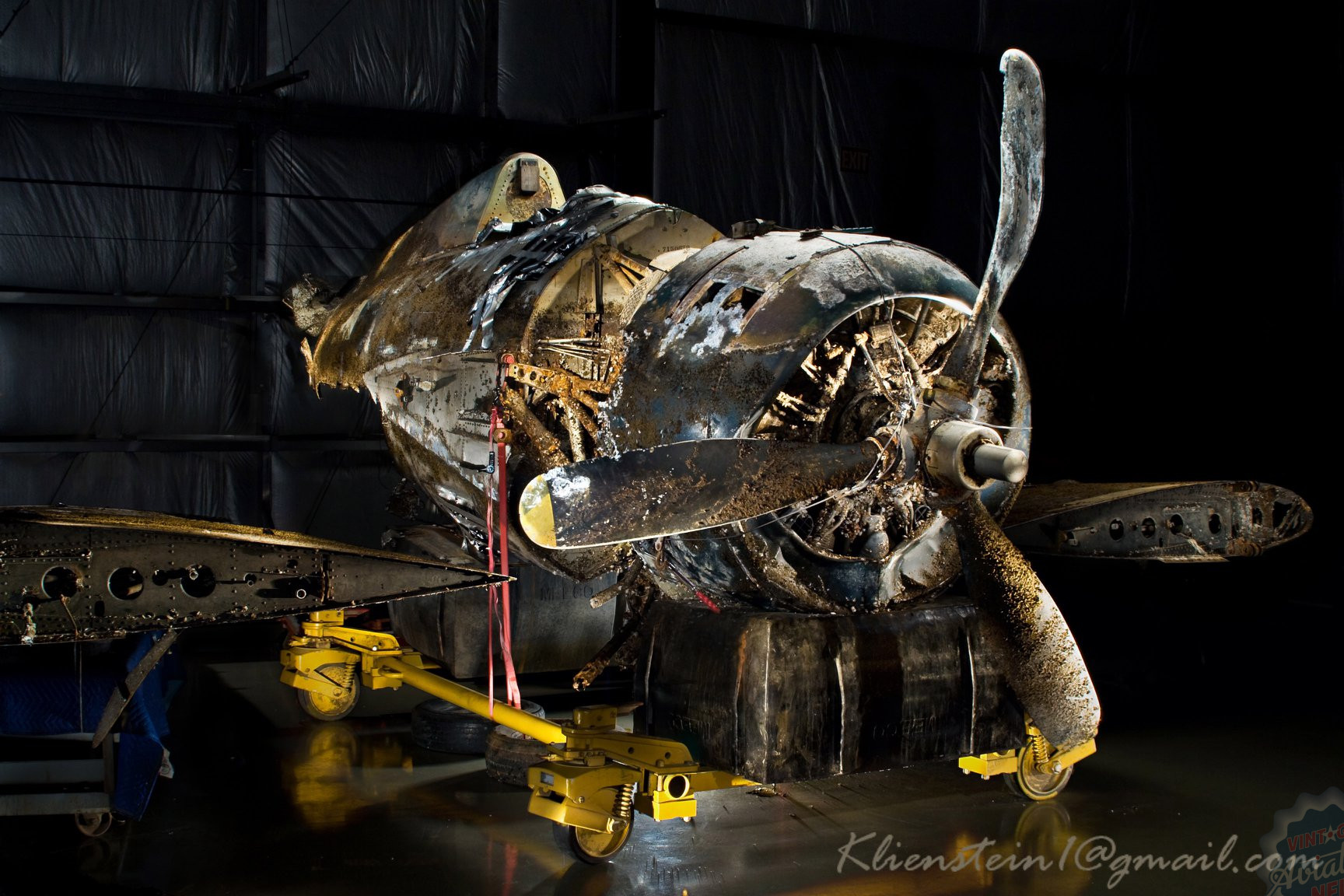

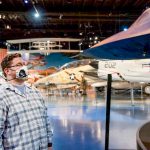
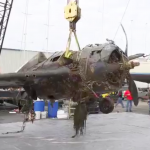
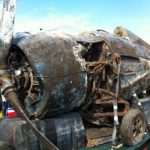

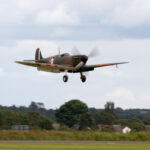
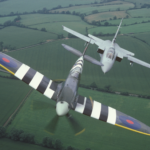
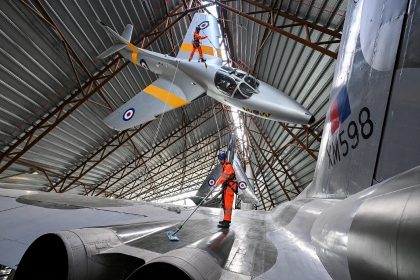
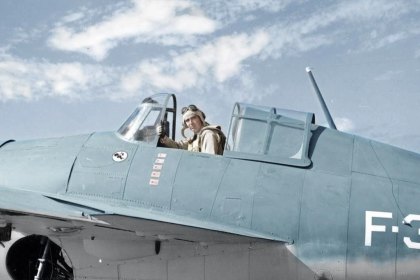
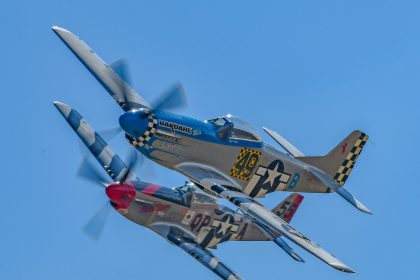
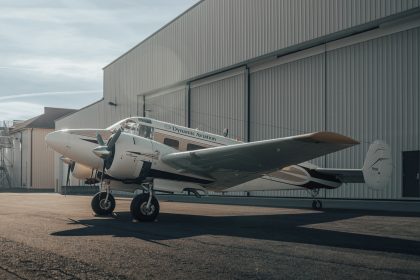
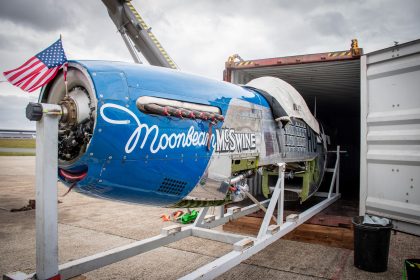

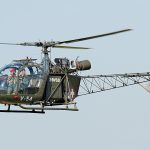
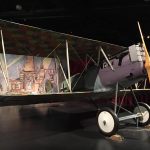
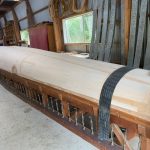
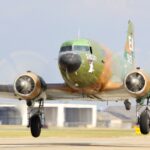
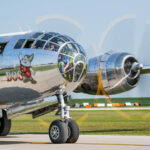



Hello, this is a good article, but the National Medal of Honor museum has since backed out of using the Wildcat.